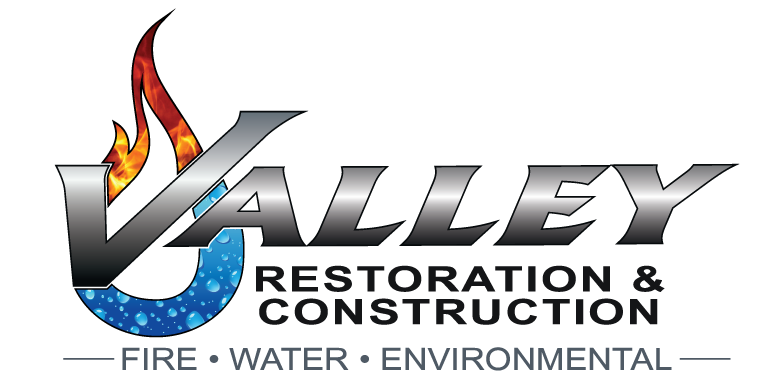Winter brings freezing temperatures, heavy snowfall, and increased energy bills. Preparing your Western Colorado home for the cold months ahead isn’t just about comfort—it’s about protecting your property and saving money in the long run.
From enhancing indoor warmth to safeguarding your home’s exterior, these 22 practical tips will help you weatherproof your space, maintain energy efficiency, and ensure your family stays safe and cozy this winter.
Enhance Indoor Comfort and Energy Efficiency
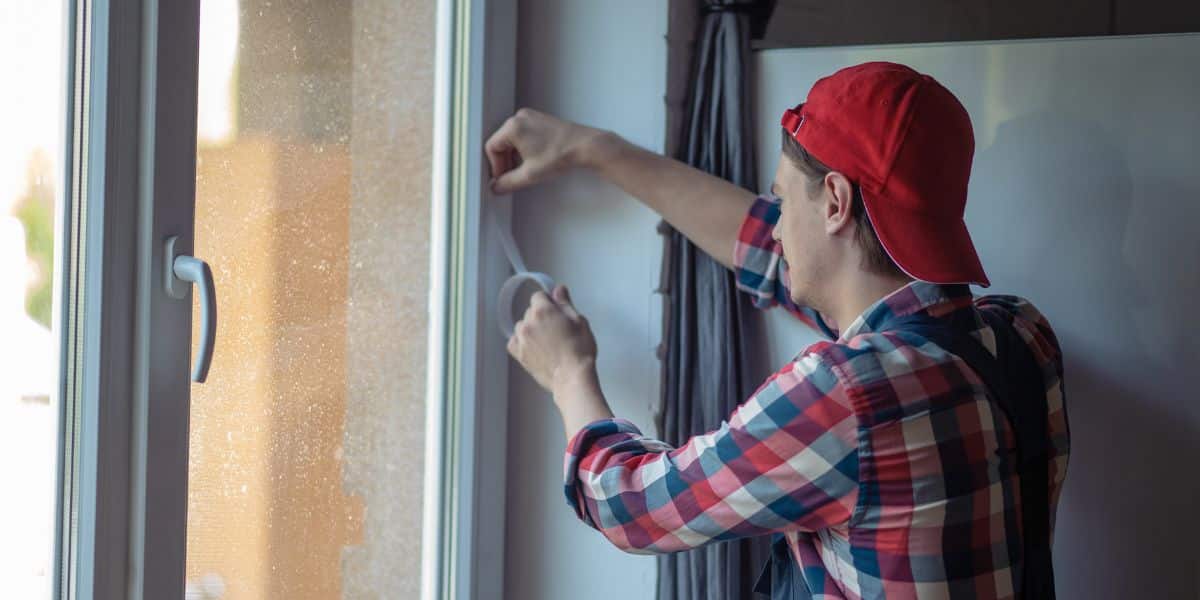
1. Evaluate and Upgrade Attic Insulation
One of the most effective ways to improve your home’s energy efficiency is to evaluate and upgrade your attic insulation. Proper insulation can significantly reduce heat loss and lower your heating bills. Consider adding an extra insulation layer if needed, focusing on areas around light fixtures, vents, and the attic hatch.
2. Weatherproof Windows and Doors
Adding weatherstripping, such as window insulator kits and foam for doors and windows, can prevent cold air from entering your home. This simple step can make a big difference in maintaining a comfortable indoor temperature and reducing energy costs.
Maintaining your doors and windows will also lower drafts in your home. You can buy or make a draft snake on the floor by doors or windowsills. These can be made by rolling up a towel or, if you want to be creative, get some fun fabric and stuffing and make one yourself!
If you have old or weak windows, replace them before winter comes. Windows are one of the main reasons that cold air comes into your home. If a window is broken or not sealing well, replace it to keep heat in.
3. Protect Your Plumbing
Inspecting pipes on exterior walls for proper insulation or vulnerabilities to freezing can prevent pipe bursts and water damage. Pay special attention to areas where pipes may be exposed to cold air, such as in basements or crawl spaces.
We also recommend insulating your home’s pipes. By doing this, you pay less for hot water and keep your pipes from freezing. Pipe foam and insulation can be found at many hardware stores.
4. Shut Off Unnecessary Spaces
Close off rooms that aren’t used often and shut the vents. This will direct the heat of your home into the busier parts.
5. Reverse Ceiling Fans for Winter
Run your fans in reverse. Many homes have a switch that can reverse the rotation of a fan. This pushes all the wasted heat near your ceiling down to the lower levels of a room.
6. Schedule an Energy Audit
Consider scheduling a professional energy audit for your home. An energy auditor can identify heat loss areas and recommend specific improvements to increase your home’s energy efficiency. This can lead to significant savings on your energy bills throughout the winter months.
Prepare Your Home’s Exterior
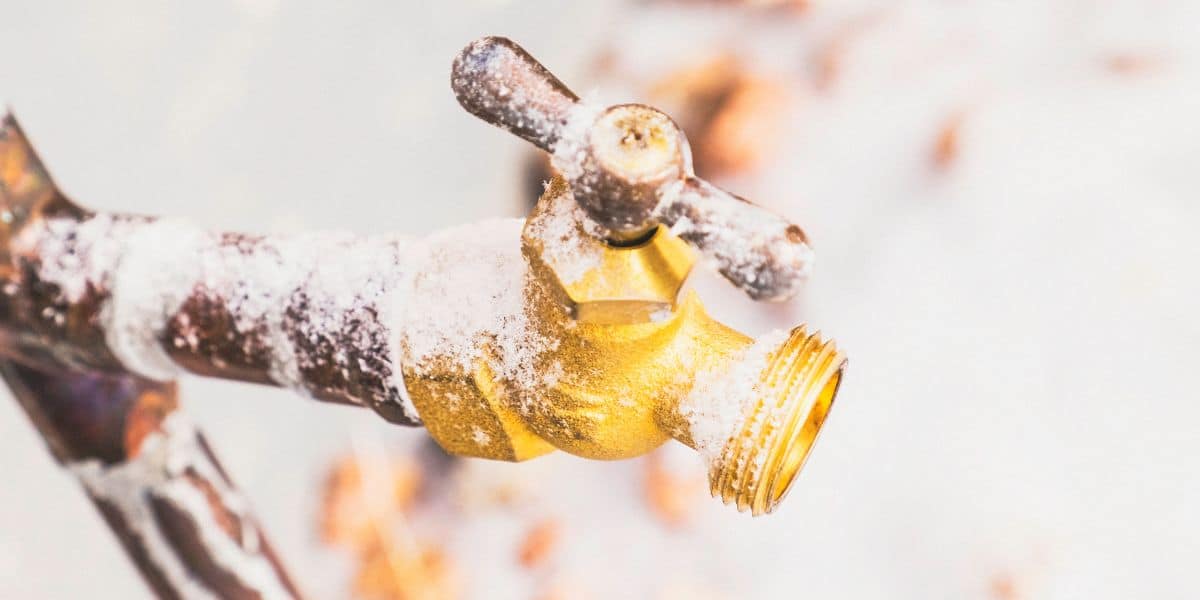
7. Clean and Repair Gutters
Cleaning gutters and downspouts facilitates water runoff in the spring and prevents potential damage from ice and snow. This simple maintenance task can save you from costly repairs down the line.
8. Protect Water Sources From Damage
Drain hoses and other outdoor water sources. Ensure your hoses are stored away during the winter and outside water spigots are turned off.
9. Protect Your Driveway from Ice Damage
Apply a driveway sealer to protect your driveway from water penetration and freeze-thaw cycles that can cause cracks and damage. This preventive measure can extend the life of your driveway and save you money on repairs in the long run.
10. Inspect and Repair Roof Shingles
Before winter sets in, inspect your roof for damaged or missing shingles. Replace any that are worn or damaged to prevent leaks and water damage during winter storms. This proactive approach can save you from more extensive and expensive repairs later. It also helps if you know how to remove snow from your roof.
Essential Appliance and System Maintenance

11. Maintain Your Furnace
Getting your furnace checked by a technician can save you from an emergency and reduce heating expenses, as heating is the largest expense in the average U.S. home. Regular maintenance, including filter changes, ensures your heating system operates at peak efficiency.
12. Watch Your Thermostat
Checking or updating your thermostat, especially replacing older thermostats with smart thermostats, can offer rebates and energy savings. Smart thermostats allow for precise temperature control and can be programmed to adjust automatically based on your schedule, maximizing energy efficiency.
Furthermore, you can save a lot of money by lowering the temperature on your thermostat before you leave your home.
13. Clean and Service Your Oven
Before the holiday cooking season begins, clean and service your oven. This ensures it operates efficiently and safely during the winter months when it’s likely to see increased use.
14. Check Your Water Heater
Inspect your water heater for any signs of wear or inefficiency. Consider insulating your water heater and pipes to reduce heat loss and improve energy efficiency.
15. Maintain Your Fireplace and Chimney
Inspecting your chimney before using it in winter is crucial, and you can ask your local fire department to recommend an inspector. A clean and well-maintained fireplace not only operates more efficiently but also reduces the risk of chimney fires.
Prepare for Power Outages and Winter Emergencies
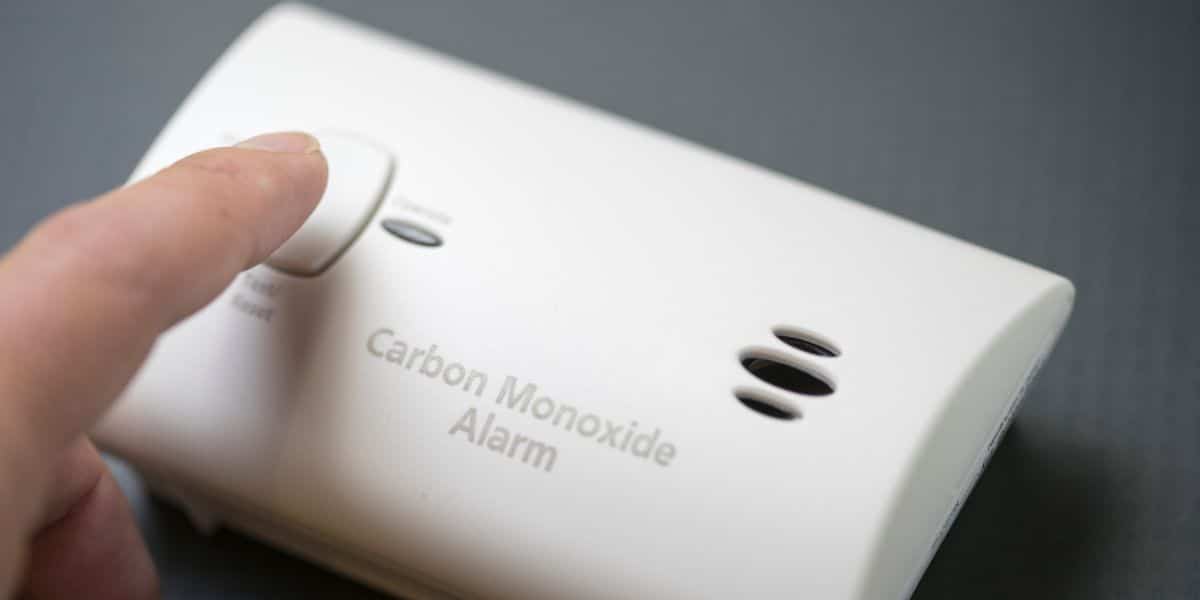
16. Install a Manual Transfer Switch for Generators
If you have a portable generator, consider installing a manual transfer switch. This allows you to safely power essential circuits in your home during a power outage without the need for extension cords.
17. Create an Emergency Kit
Prepare for winter emergencies by creating an emergency kit. Include flashlights, batteries, non-perishable food, water, first-aid supplies, and warm blankets.
18. Understand Carbon Monoxide Risks
Testing smoke and carbon monoxide detectors twice a year is essential, especially before winter, as they are critical for safety during the colder months. Ensure your detectors are working properly and replace batteries as needed.
Outdoor Winter Safety Measures
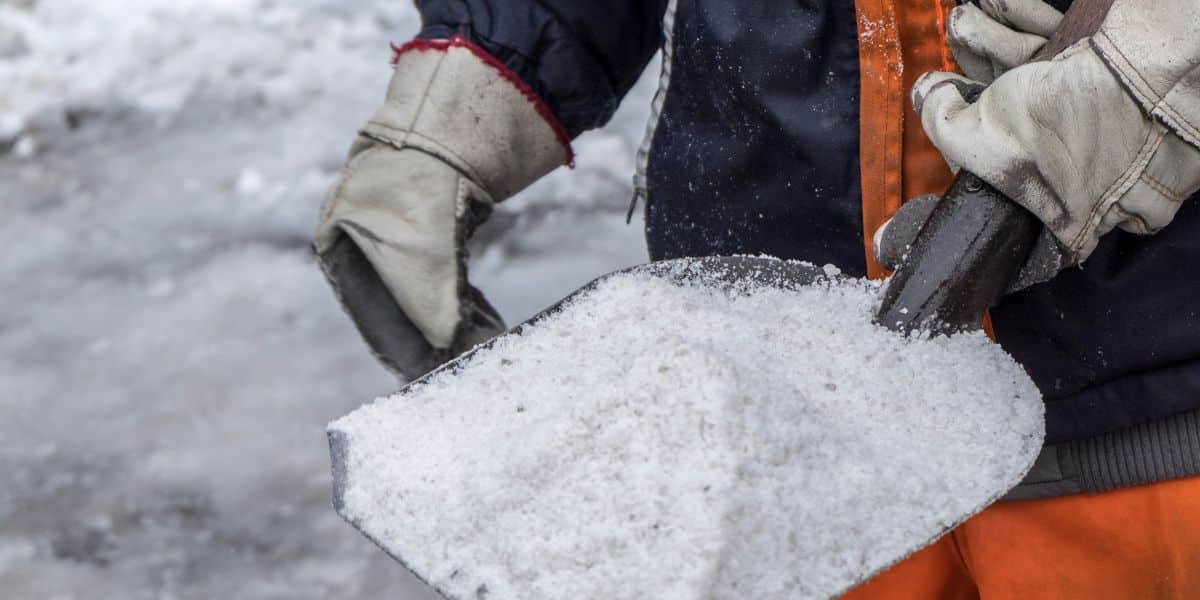
19. Stock Up on Ice Melt and Sand
Preparing for snow by purchasing essentials like shovels, snowblowers, and rock salt can help in snow removal and safety. Having these items on hand before the first snowfall ensures you’re ready for winter weather.
20. Prepare Snow Removal Equipment
Service your snow blower and ensure you have a sturdy snow shovel. Proper maintenance of snow removal equipment can save you time and effort when winter storms hit.
21. Protect Outdoor Furniture and Fixtures
Store or cover outdoor furniture, grills, and other fixtures to protect them from harsh winter weather. This prolongs their life and keeps them in good condition for the spring.
22. Build a Winter Car Kit
Create a winter emergency kit for your car, including items like a blanket, flashlight, ice scraper, and snacks. This can be crucial if you get stranded during a winter storm.
Preparation Pays Off During Winter Months
With these 22 tips, you’re well on your way to creating a winter-ready home that’s comfortable, efficient, and protected from the season’s challenges. Taking proactive steps now will not only save you time and money but also provide peace of mind when the temperatures drop.
However, winter can still be unpredictable, and emergencies happen. If disaster strikes—whether it’s water damage from a burst pipe, storm-related roof repairs, or any other home restoration needs—Valley Restoration & Construction is here to help. Our team is ready to respond quickly and professionally, even in the toughest winter conditions, so you can get back to enjoying the season with confidence.
Stay safe, stay warm, and don’t hesitate to reach out if you need expert assistance this winter!

